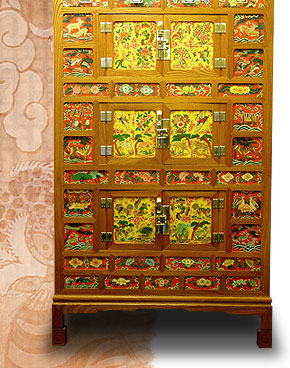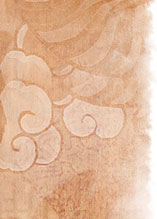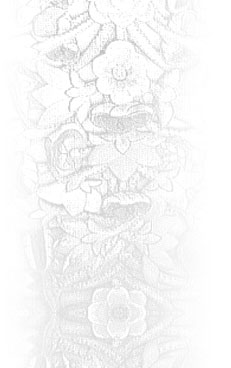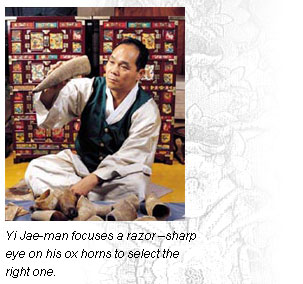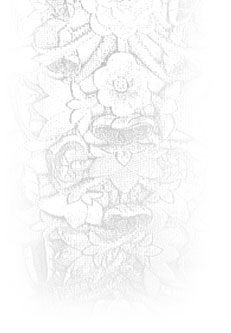 On Hwagak brilliant colors display many different forms through transparent ox-horn On Hwagak brilliant colors display many different forms through transparent ox-horn
 papers, including auspicious animals such as deer, cranes, turtles, dragons, phoenixes papers, including auspicious animals such as deer, cranes, turtles, dragons, phoenixes
 and tigers spending joyful moments surrounded by flowers and birds. and tigers spending joyful moments surrounded by flowers and birds.
 The traditional craft of Hwagak, or ox-horn inlaying, starts with choosing the right horn. The traditional craft of Hwagak, or ox-horn inlaying, starts with choosing the right horn.
 Expert artists say that the best quality ox-horn papers are produced from horns of an ox two Expert artists say that the best quality ox-horn papers are produced from horns of an ox two
 or three years old. The process of creating Hwagak begins when an artisan must transform or three years old. The process of creating Hwagak begins when an artisan must transform
 a 10mm-thick piece of raw horn into paper-thin slices of only about 0.3mm. The key of a 10mm-thick piece of raw horn into paper-thin slices of only about 0.3mm. The key of
 this development is concentration, skill and a sharp eye for detail. The procedure starts by this development is concentration, skill and a sharp eye for detail. The procedure starts by
 cutting a cone-shaped horn and using fire to spread it out flat like a sheet of paper. As the cutting a cone-shaped horn and using fire to spread it out flat like a sheet of paper. As the
 best temperature for straightening the horn is found only by smell, a Hwagak artist must best temperature for straightening the horn is found only by smell, a Hwagak artist must
 have a keen nose. Achieving an even thickness requires the artist to possess superior have a keen nose. Achieving an even thickness requires the artist to possess superior
 tactile ability, while producing intricate colorful designs on ox-horn paper entails exceptional tactile ability, while producing intricate colorful designs on ox-horn paper entails exceptional
 painting skills. Ultimately, to become a genuine Hwagak artisan one needs a variety painting skills. Ultimately, to become a genuine Hwagak artisan one needs a variety
 of sophisticated and advanced skills: he needs to be not only a carpenter to make the of sophisticated and advanced skills: he needs to be not only a carpenter to make the
 wooden frame or structure, but also a horn expert, a painter and designer, a lacquerer, and wooden frame or structure, but also a horn expert, a painter and designer, a lacquerer, and
 a metal worker to create the metal ornaments attached to a Hwagak piece. Fortunately for a metal worker to create the metal ornaments attached to a Hwagak piece. Fortunately for
 Yi, he could master the essential skills in all these areas, not just by his commitment and Yi, he could master the essential skills in all these areas, not just by his commitment and
 passion but also by the gifts bestowed to him from his talented, artistic family. passion but also by the gifts bestowed to him from his talented, artistic family.
The fascination and allure of a hwagak piece is, without a doubt, the
harmony of beautiful colors painted on ox-horn papers. Traditionally,
a hwagak artist uses obangsek, the ‘five cardinal colors’ of red, blue,
yellow, white and black. The number five came from the ancient Chinese
philosophy that the universe, including human beings, was made
according to the rule of yin, yang, and the Five Elements. In this belief,
all things in Nature were created by Five Elements: wood (blue), fire (red),
earth (yellow), metal (white), and water (black), and all natural
phenomena including human fortunes were subject to the interrelationship
between these elements. Traditional hwagak art works are largely divided
into two types according to the background colors, red and yellow.
A piece with a red background usually has its designs painted in yellow
 while ones with a yellow background have motifs in while ones with a yellow background have motifs in
 red. These five colors display deeper and richer tones red. These five colors display deeper and richer tones
 when they are painted onto the underside of the when they are painted onto the underside of the
 ox-horn paper, which is then applied to the surface ox-horn paper, which is then applied to the surface
 of an object, rather than painted onto the object itself. of an object, rather than painted onto the object itself.
 Visible through the translucent papers, the hues are exquisitely beautiful. However, to create Visible through the translucent papers, the hues are exquisitely beautiful. However, to create
 more depth and diversity in his designs, Yi introduced new colors, such as brown, green more depth and diversity in his designs, Yi introduced new colors, such as brown, green
 and jade-blue, to the art. Such composition displays the exceptional unity and harmony and jade-blue, to the art. Such composition displays the exceptional unity and harmony
 between the traditional and the contemporary. between the traditional and the contemporary.
 One of the most favored designs for hwagak art traditionally has been sipjangsaeng, 10 One of the most favored designs for hwagak art traditionally has been sipjangsaeng, 10
 creatures that ancient Koreans, influenced by the Taoist philosophy, believed were created creatures that ancient Koreans, influenced by the Taoist philosophy, believed were created
 to enjoy eternal youth: sun, stone, water, cloud, pine tree, bamboo, bulnocho (‘herb of to enjoy eternal youth: sun, stone, water, cloud, pine tree, bamboo, bulnocho (‘herb of
 eternal youth’), turtle, crane, and mountain. Inspired by the belief in a Taoist utopian world eternal youth’), turtle, crane, and mountain. Inspired by the belief in a Taoist utopian world
 resided by Taoist elders who had found the secret of eternal life, ancient Koreans revealed resided by Taoist elders who had found the secret of eternal life, ancient Koreans revealed
 their dreams of such a world through the 10 creatures. These symbols significantly their dreams of such a world through the 10 creatures. These symbols significantly
 impacted the lives and thoughts of the Korean people, from royalty down to common folks, impacted the lives and thoughts of the Korean people, from royalty down to common folks,
 and appeared in numerous objects and places including walls, paintings, poetry, proverbs, and appeared in numerous objects and places including walls, paintings, poetry, proverbs,
 furniture, personal belongings and ornaments. Other designs found in hwagak art are furniture, personal belongings and ornaments. Other designs found in hwagak art are
 dragons, phoenixes, magpies and tigers, sagunja (‘four noble beings:’ maehwa in spring, dragons, phoenixes, magpies and tigers, sagunja (‘four noble beings:’ maehwa in spring,
 orchid in summer, chrysanthemum in autumn, and bamboo in winter) and other motifs that orchid in summer, chrysanthemum in autumn, and bamboo in winter) and other motifs that
 symbolize longevity, health, and peace within the family. Yi utilizes these traditional designs symbolize longevity, health, and peace within the family. Yi utilizes these traditional designs
 but only by introducing new forms that display more vitality, diversity and depth so that his but only by introducing new forms that display more vitality, diversity and depth so that his
 hwagak art works display an exquisite harmony of tradition and modernity. He has also hwagak art works display an exquisite harmony of tradition and modernity. He has also
 extended his craft to objects that are used everyday in modern society, such as name-card extended his craft to objects that are used everyday in modern society, such as name-card
 holders, pencil cases, hand mirrors and letter openers, successfully demonstrating that his holders, pencil cases, hand mirrors and letter openers, successfully demonstrating that his
art is not to be housed in museums behind glass but is to be used and enjoyed by people in their daily lives.
A Hwagak piece created by Yi Jae-man usually consists of many square pieces of ox-horn paper, each of which
contains a radiantly-colored motif of animals and plants. But upon taking a closer look, however, the viewer will notice
that the design in each square seems to tell a story about the artisan, his life and work, his passions and dreams:
a tale about one of the most exceptional artists of our time who lived against all odds, who held a vision, aspired to
greatness and finally accomplished it all. |













